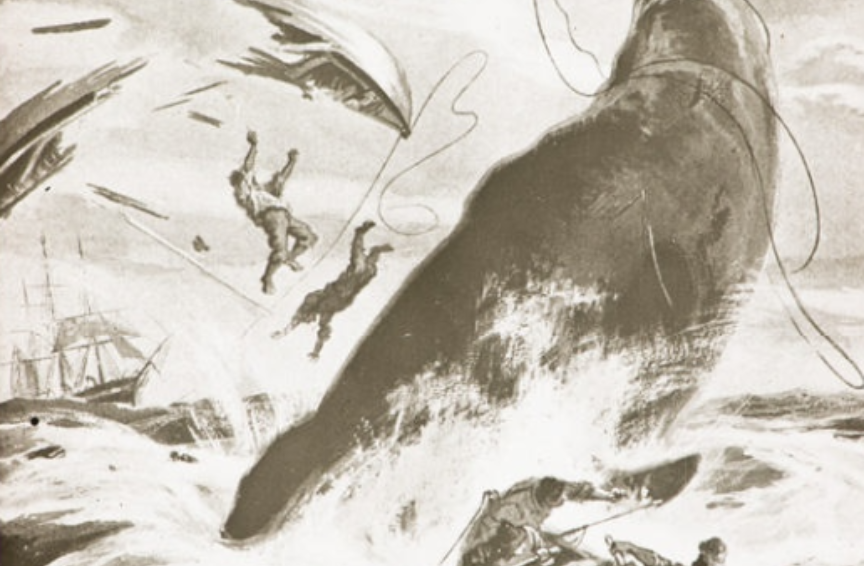PO Box 95
Lyttelton 8841
Te Ūaka recognises Te Hapū o Ngāti Wheke as Mana Whenua and Mana Moana for Te Whakaraupō / Lyttelton Harbour.

Piece of baleen from a small whale, date unknown
Te Ūaka The Lyttelton Museum ref 1135.1
https://www.teuaka.org.nz/onli...
From Baleen to an Umbrella
Even the most modest looking of artefacts from the Te Ūaka The Lyttelton Museum collection can convey important stories. This piece of baleen is both a symbol of a significant early industry in Aotearoa and of shifting attitudes towards the use of natural resources.
Baleen is made of keratin, the same material that human skin, hair and fingernails are made of. Whales who use a baleen filtering methodology to feed include the blue, bowhead, right, humpback, minke and grey whales. The baleen is attached to plates in their upper jaw creating a sieve-like mechanism; they take in large quantities of water through their open mouths then force the water out with their tongues, leaving krill, small fish and even birds, trapped behind the fringe of baleen to then be swallowed.
Early whalers referred to baleen as whalebone - a misnomer which became widespread. Baleen is strong and quite flexible and in the era before plastics, it was used in many domestic items, including umbrella frames, corset stays, crinoline petticoats, collar stiffeners, back scratchers, buggy whips, baskets, chimney brooms and to press paper.
From the 1830s the first significant contact between Maori and European in Whakaraupō / Lyttelton Harbour was with American, French, English and Australian whalers who plied the waters off Banks Peninsula to hunt the many whales who travelled the coastline from colder to warmer waters to feed and breed. As at other early settlements throughout Aotearoa, mana whenua traded water, firewood, pork and potatoes for blankets, biscuits, firearms and alcohol and there was intermarriage between European whalers and local women. Numbers of Maori men were engaged either at shore whaling stations or onboard ships.
In 1836 a whaling station was established at the head of the harbour at Waitata / Little Port Cooper by Captain Hempleman of the brig “Bee”. Despite not having a jetty, it was used by numbers of ships for respite or to haul out and process their catch; rendering down the blubber into barrels of whale oil and extracting the valuable whalebone. Several whalers were buried in this exposed Bay with whale bones being used to mark their graves.
http://lytteltonharbourjetties.blogspot.com/2018/04/little-port-cooper-1.html
Although the Bay remains accessible only by sea or on foot today, intrepid visitors still occasionally sight whale bones on the beach.
The heyday for whaling around the peninsula was relatively short lived - a period of about forty years; soberingly this was due to the fact that whale numbers had been so decimated that hunting was no longer a viable undertaking. Up to three million whales were slaughtered worldwide in the 19th and early 20th centuries to feed humankind's insatiable appetite for oil and other byproducts like baleen. Whaling in New Zealand did not completely end until 1965 when Perano station at Tory Channel closed, having caught more than 4000 mainly humpback whales during its fifty three year operation.
The New Zealand Government was a founding member of the International Whaling Commission in 1946. Whales in New Zealand waters are now protected by the Marine Mammals Protection Act 1978, there is a strong anti whaling sentiment in the population, and some individuals lend a hand to try to save whales when they strand.

